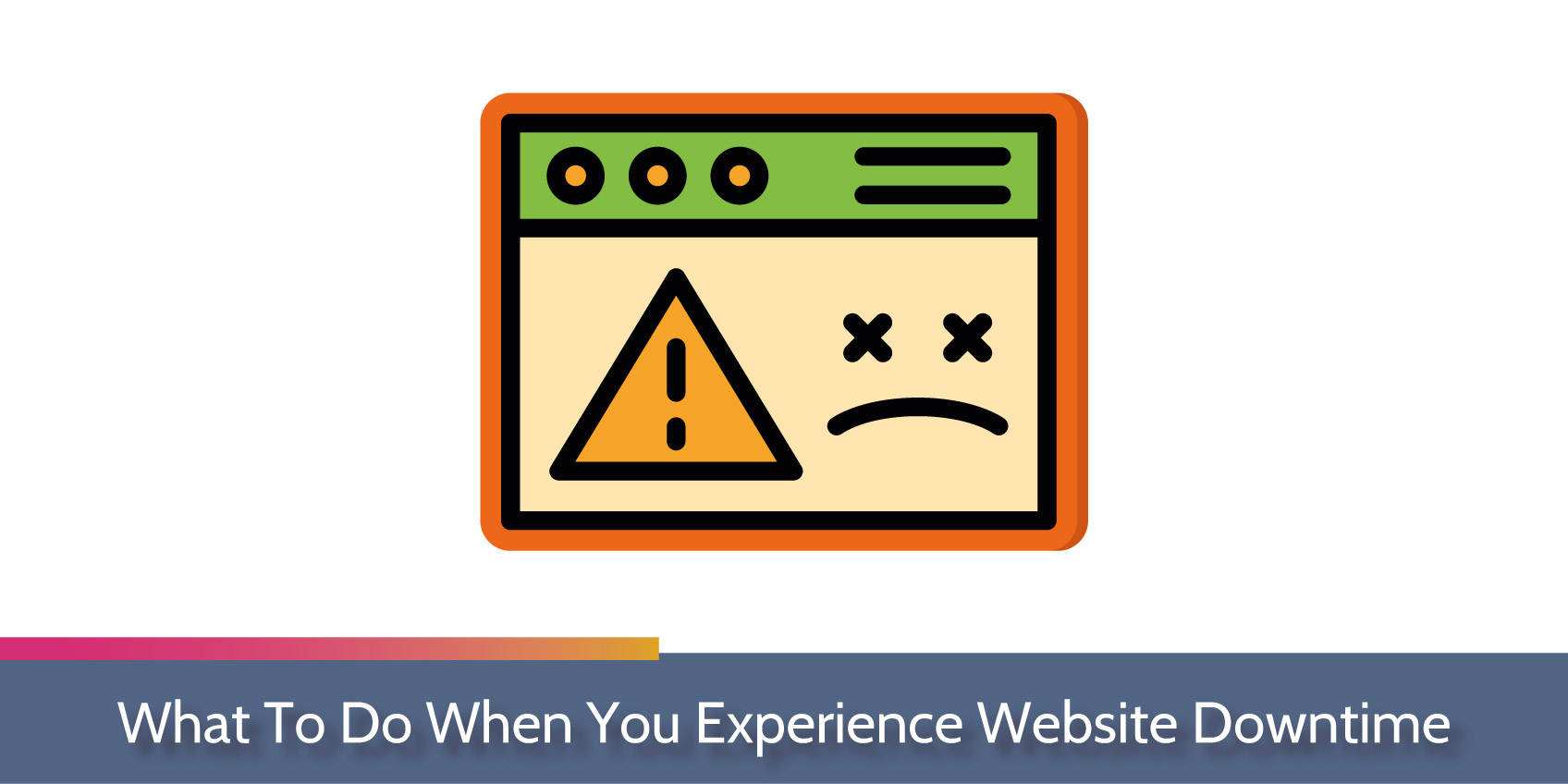Experiencing website downtime can be nerve-wracking. It’s not just a technical hiccup; it can also impact your brand’s reputation and result in potential revenue loss. But before you jump on the phone to call your hosting provider, there are some initial checks you can carry out to potentially rectify the issue yourself or at least pinpoint its cause.
Here’s a step-by-step guide to walk you through:
Don’t Panic
First and foremost, remain calm. It’s essential to approach the situation methodically to ensure you don’t miss any details.
Check If It’s Really Down
Sometimes, issues might be local to your own network or device.
Use tools like IsItDownRightNow or Down for Everyone or Just Me to verify if the website is down for everyone.
Try accessing your website from a different device or network.
Inspect Your Domain
Expired domain names are a common reason for websites going offline.
Visit your domain registrar’s dashboard to ensure your domain hasn’t expired.
Ensure that the domain is pointing to the correct nameservers.
Review Recent Changes
Think back to any recent changes you might have made.
Did you update plugins, themes, or core files?
Have you made any significant content changes or site configuration tweaks?
Reverting to a previous backup or undoing recent changes may fix the issue.
Check Server Status
Some hosting providers offer a ‘server status’ page. This will inform you if there are any known outages or maintenance tasks affecting your server.
Examine SSL Certificate
An expired SSL certificate can render your site inaccessible.
Use tools like SSL Shopper’s SSL Checker to see if your certificate is valid.
If expired, you’ll need to renew it or contact your hosting provider to do this for you.
Look for Exceeded Resources
If you’re on shared hosting and your site uses more resources than allocated, it might be suspended.
Log in to your hosting dashboard.
Look for any notifications or warnings about resource overuse.
Access Error Logs
Error logs can offer clues about what might be wrong.
If you have access, check the server’s error logs through your hosting dashboard or using an FTP client.
Look for any recent errors that might give you a hint about the underlying issue.
Ping and TraceRoute
Use ‘ping’ and ‘traceroute’ commands from the command line to see if your server is reachable. This can help identify network issues that might be causing the outage.
Consider DDoS Attacks
If your website is under a Distributed Denial of Service (DDoS) attack, it can go offline.
Use security tools or plugins that might inform you about unusual traffic spikes or attack patterns.
After you’ve gone through these steps and if you’re still experiencing website downtime, it’s time to contact your hosting provider. Even if you couldn’t pinpoint the exact issue, you’ll now be armed with more information to help them assist you more effectively. Remember, communication is key, and having a clear understanding of the potential issues will only speed up the resolution process.
If you would like to find out more about our 24x7x365 support and how we can help you, get in touch!
You can call us on 0161 464 6101 or email hello@datacentreplus.co.uk
You can also head to our website to find out more!


